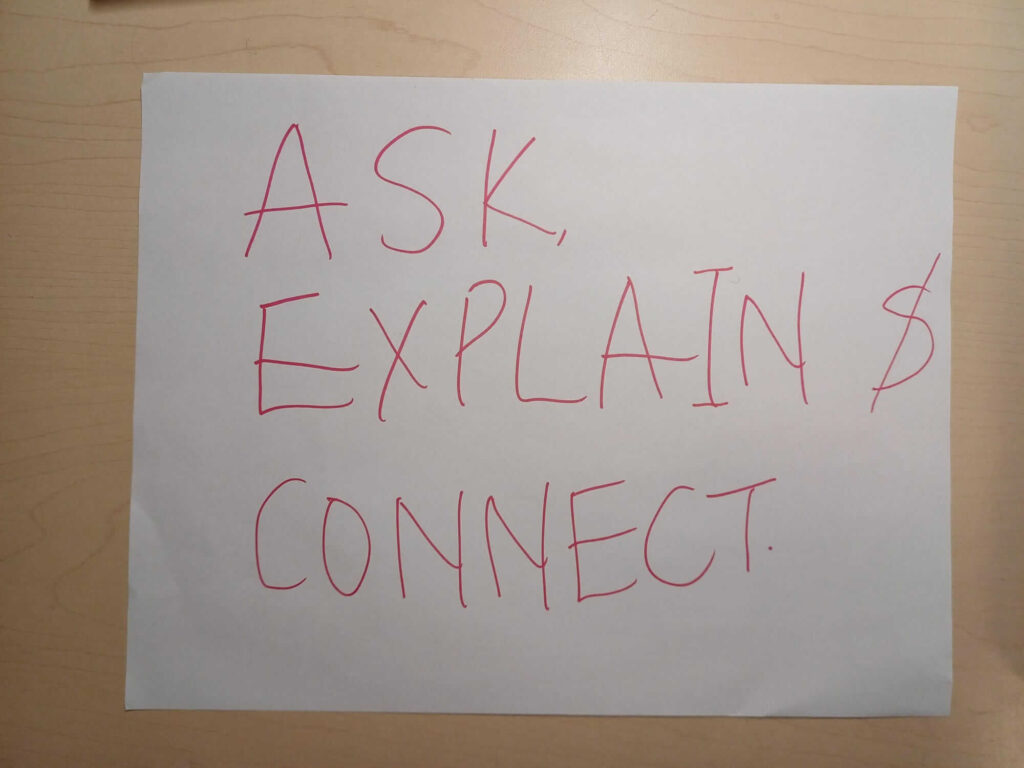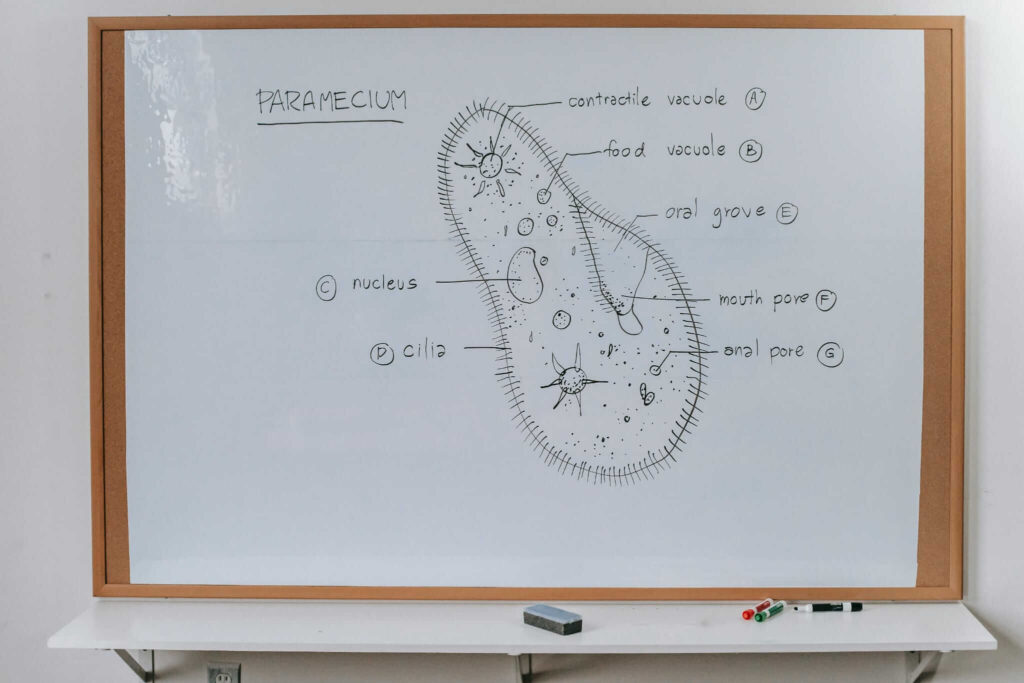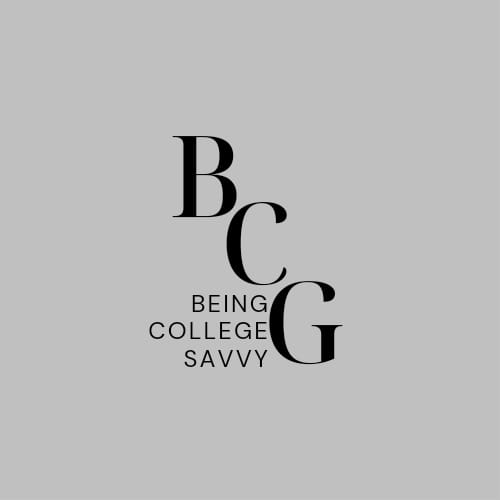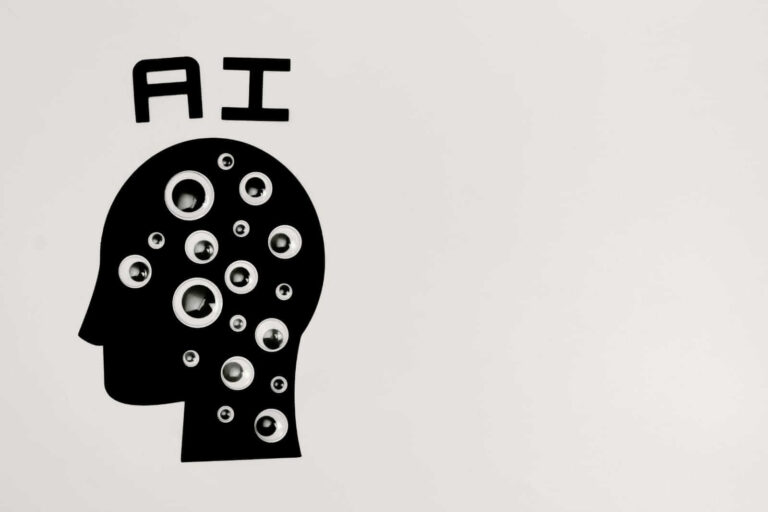Effective Study Strategies for College Students

Studying effectively is a challenge every student faces at some point, especially during the transition from high school to college. With limited time and endless material to cover, we as students are constantly seeking ways to maximize our study time to retain more information and be able to recall it during exams, tests or when needed. Thankfully, some methods of studying have proven effective through scientific research.
In this post, I’ll share six science-backed ways to study effectively. Let’s dive in!
For deeper insights, additional resources are linked throughout the post for further exploration, but this post contains a comprehensive summary of each study technique.
1.Spaced Practice (Also known as distributed practice)
This study technique spreads study sessions over time rather than cramming them into one session. It involves studying for short periods over a more extended period, allowing our minds time to form connections between the ideas and concepts to aid easy recall.
Spaced practice is also effective because it prevents cramming, is less stressful and prevents restudying, which mainly involves relearning everything we have studied over again.
A study session of 5 hours spread over two weeks is more effective than a study of 5 hours crammed into one study session. For example, if you have a class on Monday and Wednesday, you would spread out your review of the class by studying on Tuesday, Thursday, and Sunday. The idea is to leave enough time between study sessions for your brain to forget just a little, reinforcing the material after some time has passed but not so much that it becomes too distant when you return to it.
Also, important older information should be studied after covering the most recent information to keep it fresh. Remember not to reread notes when reviewing older information, but use the other study methods outlined in this blog post.
Spaced practice means practicing consistent short study sessions over time.
2.Interleaving
This is a strategy where you mix different topics or types of problems (for subjects like mathematics) within a single study or practice session. It can also involve switching between topics over a single study session for a particular class rather than studying one topic for too long at once. This strategy forces our brain to work harder to recall and apply the material.
Switching also helps to highlight and contrast the similarities and differences between topics or types of questions. This strategy also works well during tests or exams. Switching or moving on to a different question (because you can’t figure out the answer to the previous question) can give you an idea of how to solve the previous question due to a similarity or difference. It can also force our brain to recall information that can be used to solve the question.
Make sure you study enough information to understand an idea before switching. Also, figure out what works best for you during interleaving, but do not spend an entire study session on one topic; don’t switch too often, either. Again, this strategy works best for connected topics, subjects or ideas so you can highlight their differences and similarities.
Let’s say you have two topics to study in math: Algebra and Geometry.
In the first study session, study geometry and solve problems. Then, I switch to studying algebra and solving problems. In the following study session, change the order to algebra first and then geometry because that would strengthen your understanding. You can also add another topic to the mix, for example, trigonometry. But remember to change the order in which you study the topics every study session.
Switching may feel more challenging than studying one topic alone, but remember, effective studying is better than “easy” studying.
3.Ask, Explain and Connect

The ask, explain, and connect strategy helps deepen understanding and retention of material. It also promotes critical thinking and encourages meaningful engagement with what you are studying.
Let’s break down this three-step strategy.
Ask: This involves actively questioning the material you are studying rather than passively absorbing the information. Ask about how and why things work and what are their implications. Doing this helps you identify areas where your understanding is unclear or gaps in your knowledge and points you toward the areas you need to focus on.
Explain: After asking questions, you should explain the material aloud to yourself or a friend, classmate or imaginary audience. Be sure to elaborate on the explanation as much as possible by tying it to related ideas, but don’t over-elaborate. Doing this helps you identify areas of confusion.
Connect: Link the new information to what you already know. This can be things like your daily life experiences, previous courses, current events, or anything else you are familiar with. Doing this makes the information easier to recall or retrieve when needed.
I cannot overemphasize the effectiveness of the “connect” step because it has helped me many times during my exams. There are several times when I don’t remember the information needed for a question, but the link I made to a personal event or something familiar helps me to recall the information. Another thing I do is create a mnemonic (if it involves a list of something) and tie that mnemonic to a personal event. It also helps me to recall information during my exams.
4.Use specific Concrete Examples.
According to research, the human memory recalls concrete information better than abstract information. When we attach abstract ideas to something concrete, our brains “develop a hook to latch onto.” This makes these ideas clearer and easier to recall.
Always look for real-life examples or personal experiences and ensure that you confirm (maybe from your professor) that your examples are relevant and accurate to the idea you are learning.
Also, if you get stuck on examples, you can ask your professor, look into your notes or textbooks or ask AI.
5. Dual Coding

“A picture is worth a thousand words” is a quote that briefly sums up the concept of dual coding. Dual coding is a strategy that combines verbal and visual material, giving you two ways of understanding and recalling information.
When studying a topic or learning new material, find visuals in your notes and textbooks that complement the idea you are learning. Visuals are things like diagrams, infographics, charts, symbols, etc. If you can’t find one in your notes or textbooks, sketch it yourself or google it. Use the visuals to make out the words describing it, i.e. the verbal information. Then, use the words describing the visuals to draw the visual diagram.
You can use this strategy when studying or to create flashcards. One side of a flashcard can ask for a term or question and the other for a corresponding image.
6. Retrieval Practice
This is (arguably) the single most valuable study strategy to retain and recall information. Retrieval practice, as the name implies, involves retrieving facts, concepts, or events from memory to enhance learning and boost memory. This is done without looking at your notes, textbooks or other resources. Instead, you retrieve the information by scribbling everything you remember or saying it aloud.
Doing this reinforces your understanding and makes it easier to remember during exams or when needed. This is because retrieval practice acts as a practice for what you must do in the exam: information retrieval.
Retrieval practice also helps to highlight gaps in your knowledge. With this, you can return to your notes to focus more on filling those gaps. You can also practice retrieving information by taking lots of practice tests.
Remember to recall as much information related to an idea as possible, not just definitions or terms! Do not worry if you don’t recall everything perfectly. Making mistakes or forgetting is part of the process and helpful to learning.
Thank you for reading!
Do you use one or more of these study strategies to aid your learning? Or do you plan to incorporate them? Please share your thoughts or experiences in the comments.
I look forward to reading them!






